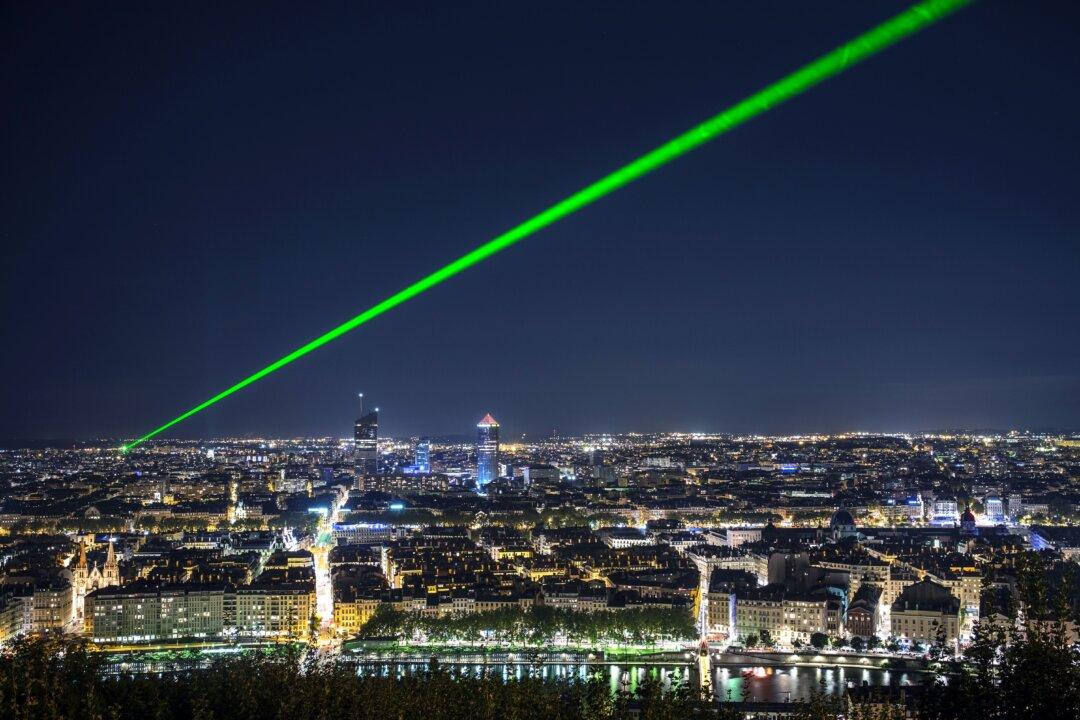Lasers are rapidly getting cheaper, smaller, and better. CD, DVD, and BluRay players all brought lasers to use for our entertainment. In science, amazing laser imaging techniques were recognized with the Nobel Prize for Chemistry in 2014. In manufacturing, low-cost laser cutting machines are increasingly available in small companies, universities, and even schools.
But increasing ease of use can bring with it the danger of misuse, whether deliberate or accidental. Concern is growing over the safe use of small, battery-powered, hand-held lasers. For example, there are now thousands of incidents every year of aircraft pilots being targeted by lasers from the ground close to airports, with some suffering serious eye damage.
This wilful and illegal misuse highlights the potential for accidents too. Our eyes are highly developed to see in great detail and also in very low light, but these very qualities make them vulnerable to damage from light, too. Lasers are classified according to whether they present a danger to the eye, with classes 1 and 2 being safe in normal use, but how often do we check that a new media player has its correct “class 1 laser product” sticker?

